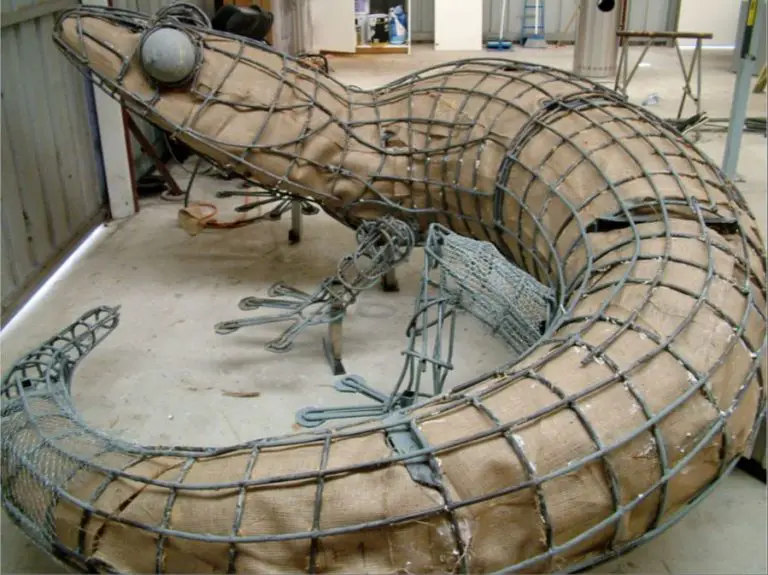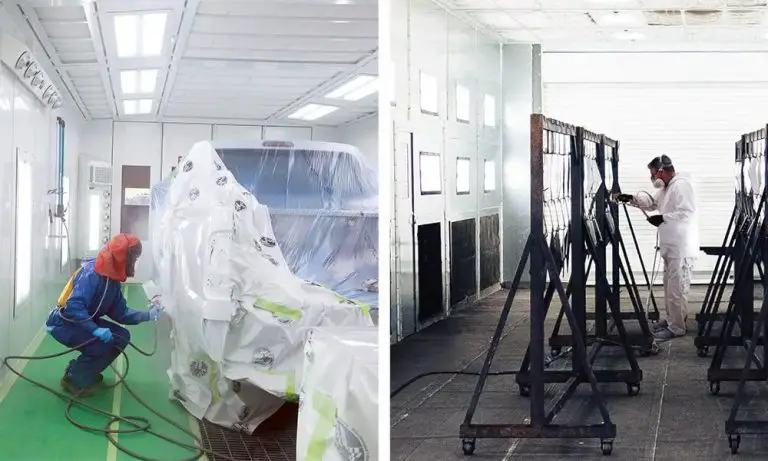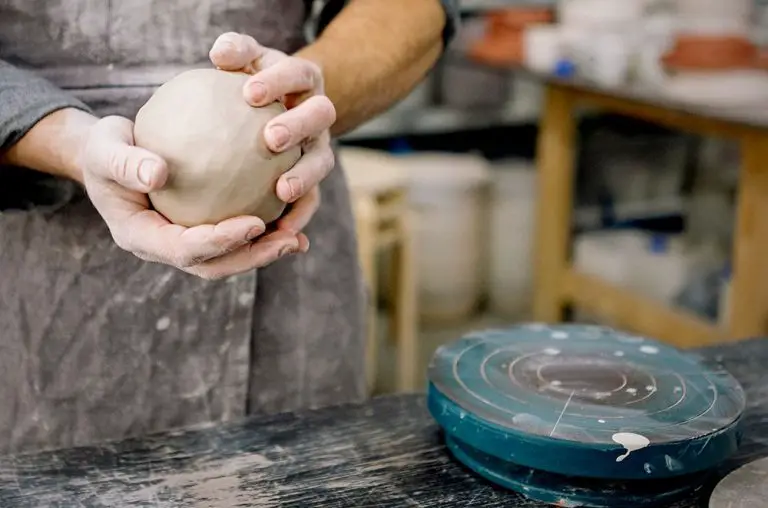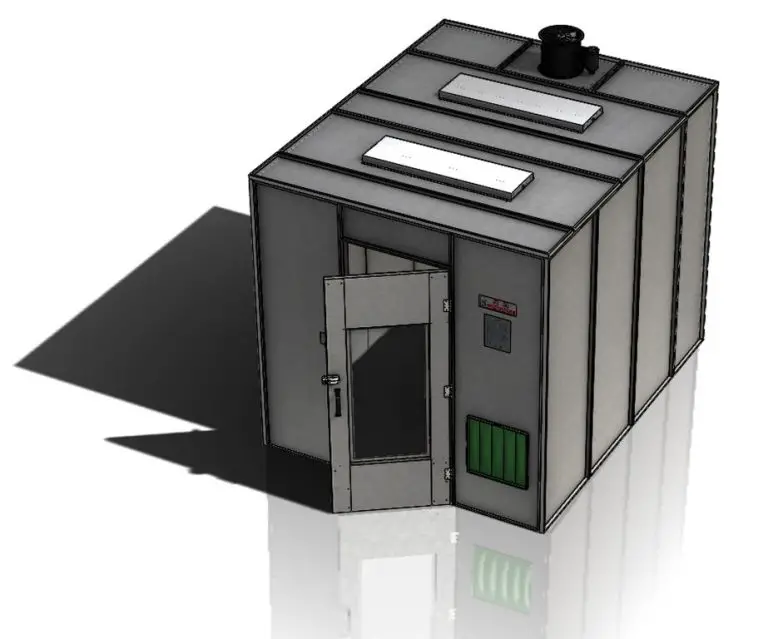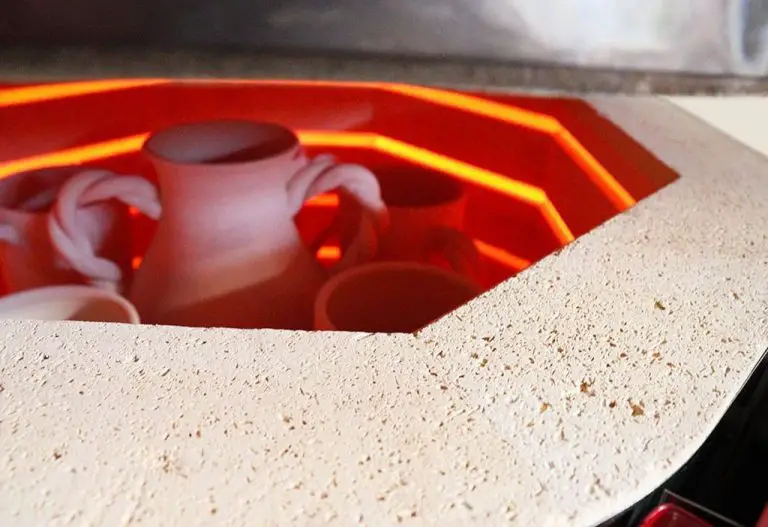Why Are Blackboards Now Renamed Chalkboard?
Blackboards have a long history in education, dating back centuries. They were originally known as just “black boards” – large boards painted black on which teachers could write with chalk. The term evolved to “blackboard” by the mid-1800s.
However, around the turn of the 20th century, advancements in manufacturing allowed classroom boards to be produced in various colors like green or brown, although chalk was still commonly used. To reflect this, the term “chalkboard” began being used instead of “blackboard” to refer to any board written on with chalk, regardless of its color.
There were a few key reasons for this name change to “chalkboard.” First, as classroom boards expanded beyond just black, referring to any chalk-written board as a “blackboard” became confusing and inaccurate. Second, chalk remained the predominant writing tool on these boards. So the term “chalkboard” helped distinguish that these boards were designed specifically for chalk, rather than other writing instruments.
Overall, the shift from “blackboard” to “chalkboard” occurred to provide clarity as both board colors and classroom tools evolved. But at their core, they represented the same essential tool – a board on which teachers could write instructional information with chalk for students to see.

Early History
Blackboards originated in the early 1800s as writing slates made from smooth black slate stone quarried in Wales. The flat pieces of slate stone were framed in wood to create portable and erasable writing surfaces. These slates were known as blackboards because of their distinctive black writing surface.
According to A Brief History of Blackboards and Slates, schoolmaster James Pillans of Edinburgh, Scotland began using the framed pieces of slate stone for teaching in the classroom in the early 1800s, giving rise to the popularity of blackboards in education.
Chalk Enters the Picture
Early schoolrooms used slate boards for writing, which were literally small blackboards made of slate stone. Teachers would write on the slate boards using a pointed metal stylus. But in the mid-1800s, chalk emerged as a superior writing tool.
Compared to scratching metal on stone, chalk wrote more easily on the slate boards. The soft white chalk also made the writing brighter and more visible. Students found chalk easier to write with as well. Over time, slate boards became almost synonymous with chalk, as chalk was the favored writing tool used on them.
As a result, the boards were increasingly referred to in relation to the chalk used on them. The association of chalk and black slate boards grew stronger, even though other writing tools could technically be used.
The Term “Chalkboard”
Though the term “blackboard” was commonly used, “chalkboard” emerged as an alternate name that emphasized the chalk used to write on the board rather than just the color. As the Merriam-Webster dictionary notes, “The meaning of CHALKBOARD is blackboard.” [1] The Wiktionary entry for chalkboard also states that the term comes from “chalk + board,” highlighting the material used to write. [2] While early writing boards were made from actual slate and were dark gray or black in color, the new term focused more on the functionality – a board that chalk could be used to write on.
Green Boards Emerge
In the early 1900s, green chalkboards started to emerge as an alternative to traditional black slate boards. According to Clarus, “This was when the green ‘blackboard’ emerged. This was also around the time the boards became known as chalkboards since they were now either green or black.” The green chalkboards were made of steel plates coated in porcelain-based enamel, which provided a smoother writing surface compared to the traditional slate (Clarus).
Even though these new boards were green, people still referred to them as “blackboards.” As Resilient Educator notes, the green chalkboards were considered an improvement over slate because “chalk adhered better to the new writing surfaces and didn’t produce the grating sound of nails on slate” (Resilient Educator). However, the name “blackboard” stuck, despite the color change.
“Blackboard” Had Multiple Meanings
The term “blackboard” originally referred to any type of smooth, hard surface that could be written on with chalk. It was derived from actual boards that were painted black and used for writing in classrooms.
“Blackboard” became a generic term for any writing surface, regardless of color. However, this caused confusion with actual black colored boards used in schools and other settings.
“Part of the confusion stems from the fact that the word blackboard has been used to refer to three distinct things: an actual black board, any board that you wrote on with chalk, and the modern green chalkboard,” according to Merriam-Webster.
Chalkboard Provided Clarity
The term “chalkboard” caught on because it clearly referred to boards that were written on specifically with chalk. “Blackboard” had multiple meanings – it could refer to a board painted black or dark green, but also more broadly to any board at the front of a classroom used for writing, even if chalk wasn’t used (citation: https://www.linkedin.com/pulse/classroom-management-planning-use-chalkboard-dr-beenamenon).
“Chalkboard” specifically indicated a writing surface used with chalk, as opposed to other writing instruments like markers. This distinction helped provide clarity and avoid confusion with the broader meaning of “blackboard” (citation: https://iimtgroup.wixsite.com/blog/post/what-blackboard—chalkboard-reflectsduring-teaching). The term “chalkboard” stuck because it precisely denoted boards written on with chalk.
Prevalence of Chalk
Chalk remained the dominant writing tool in classrooms well into the late 20th century. Even as whiteboards and other writing surfaces emerged, most teachers continued using chalk for writing lessons (https://www.whiteboardsandpinboards.com.au/are-chalkboards-still-used-in-schools/). Some key reasons chalk persisted as an educational writing tool include its low cost, tactile feedback, and easy erasing (https://polyvision.com/five-reasons-educators-still-prefer-chalkboards/).
With chalk remaining the go-to tool for writing in classrooms, it made sense for “chalkboard” to stick as the standard name. Even as board surfaces evolved over time, chalkboards were so prevalent that the name became synonymous with any board teachers wrote on with chalk.
“Chalkboard” Stuck as the Name
Even as alternative writing surfaces like whiteboards and smart boards emerged in classrooms, “chalkboard” remained the common terminology. According to a 2000 journal article published in The Sociological Quarterly, “We are past the point in the chalkboard’s history where it is necessary to defend or legitimate it” (Krause). Though early boards were made of other materials, chalkboards dominated classrooms for over a century. The term “chalkboard” became synonymous with any board written on with chalk.
Despite new technologies, chalkboards and the term “chalkboard” have stuck around. Chalkboards remain common in schools and workplaces around the world. “Chalkboard” is still used frequently to refer to any board written on with chalk, regardless of its color. The terminology has become deeply ingrained, and “chalkboard” remains the standard today.
Source:
https://www.jstor.org/stable/1315198
Conclusion
Overall, the term “chalkboard” emerged as schools began adopting chalk and slate boards in the 1800s. With chalkboards becoming ubiquitous in classrooms, “blackboard” was too ambiguous of a term, since traditional blackboards were still used for other purposes. The specificity of “chalkboard” provided clarity compared to “blackboard,” which could refer to multiple kinds of boards. As chalk and slate boards became standard, “chalkboard” stuck as the common name to match the key material used. While blackboards are still found today, “chalkboard” has prevailed as the term that precisely denotes boards written on with chalk.

